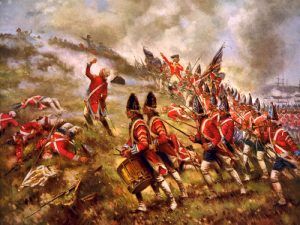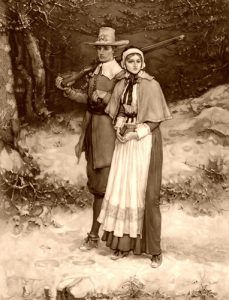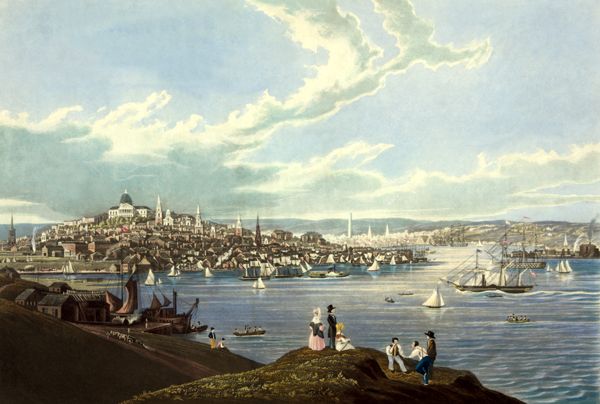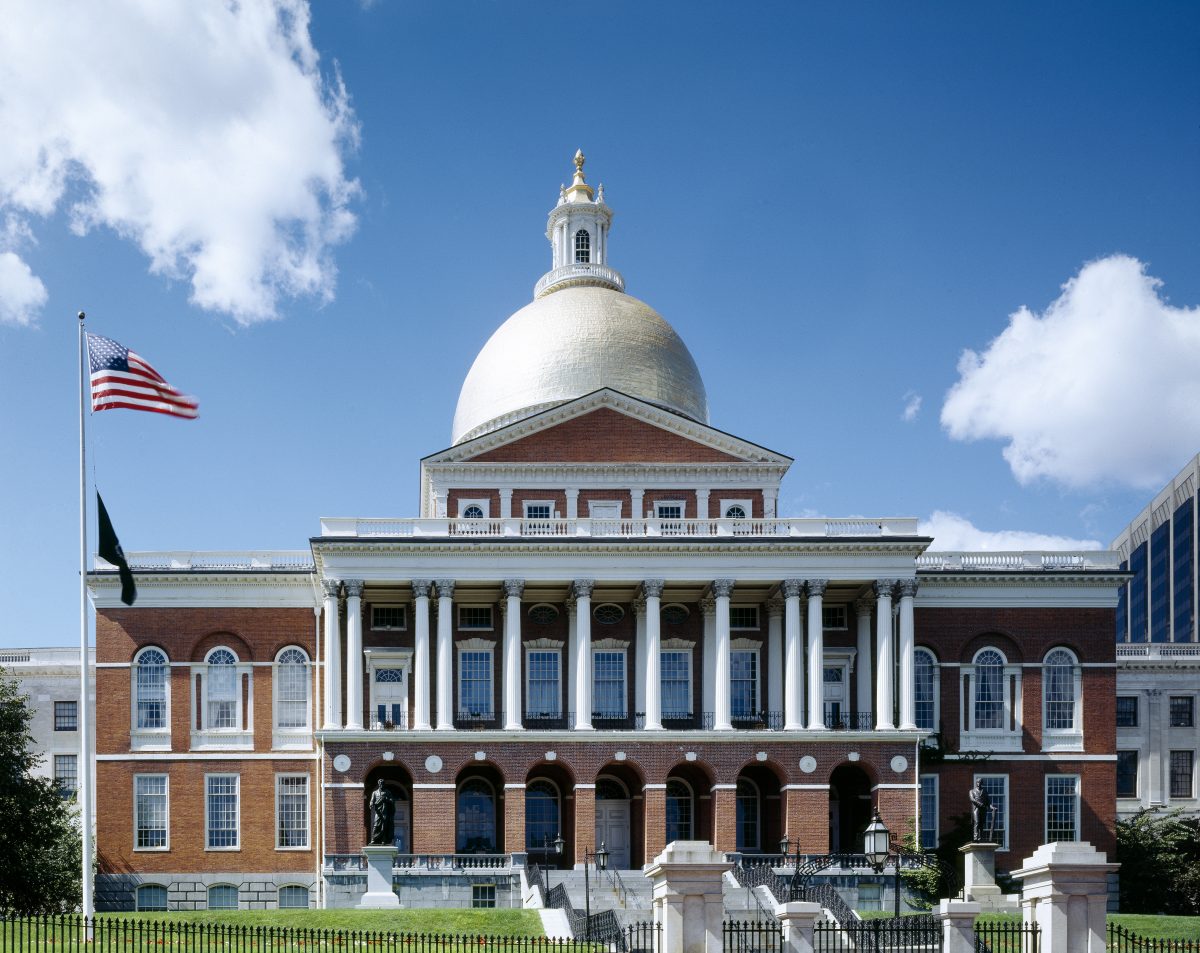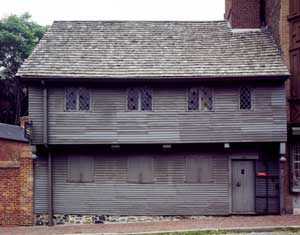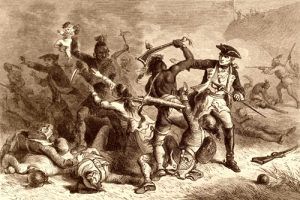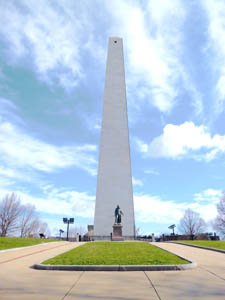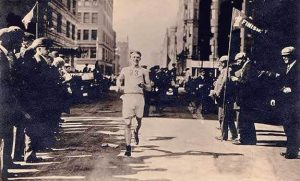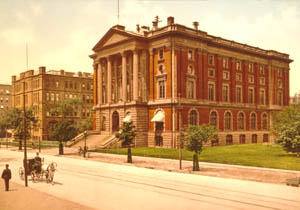
Boston, Massachusetts, courtesy Wikipedia.
Known for its key role in the American Revolution and its excellent educational institutions, Boston is the capital of Massachusetts and New England’s political, commercial, and financial center. With a population of about 4.8 million, Greater Boston is the 10th-largest metropolitan area in the country. The city is also the seat of Suffolk County.
Here, visitors can explore historic neighborhoods that were home to early American patriots, wander the red-bricked “Freedom Trail,” and see Boston’s National Historic Park, which includes such sites as Faneuil Hall, the Boston Tea Party Ships and Museum., the famous Boston Common, the Old State House, Paul Revere’s House, and more.
Before European colonization, the area around Boston was inhabited by the Massachusett Indians, an Algonquian tribe for which the state was named. English religious dissidents arrived in the Cape Cod Bay area in 1620 when the Pilgrims founded Plymouth.
In 1630, John Winthrop led a group known as the Puritans to the Shawmut Peninsula and founded Boston. As its harbor grew, so did its wealth and population, attracting a steady stream of immigrants worldwide. Soon, Boston was the largest town in British North America and remained so until the mid-18th century.
Boston was the birthplace of the American Revolution and was the scene of several key events. Tensions between colonists and British forces led to the 1770 Boston Massacre, the 1773 Boston Tea Party, and the 1774 Intolerable (Coercive) Acts, which stripped Massachusetts of self-governance and placed the city under military law. Instead of setting a cautionary example to other Colonies, British actions against Boston triggered outrage, resistance, and solidarity. When British forces tried to seize Colonial military supplies outside the city in 1775, they were stopped by Colonial militia, and the Revolutionary War began. During the war, the city was home to the Battle of Bunker Hill and the Siege of Boston.
Upon American independence from Great Britain, Boston became an important port and manufacturing hub and a center for education and culture. Over the years, the city expanded beyond the original peninsula through land reclamation and municipal annexation.
The city also became known as “The Athens of America” as education became significant. Its Cambridge neighborhood is home to Harvard University, America’s oldest institution of higher learning and one of the world’s most prestigious universities. In addition, there are 66 other colleges and universities in the Boston area, including the Massachusetts Institute of Technology (MIT) and Boston College.
Today, Boston is a thriving center of education and research. The city’s economic base includes finance, professional and business services, biotechnology, information technology, and government activities.
Like Beacon Hill’s federal row houses and gaslit cobblestone streets, Boston’s fashionable neighborhoods contrast sharply with the modern shopping districts and business buildings.
Boston is famous for seafood dishes such as clam chowder and lobster rolls. Ye Olde Union Oyster House opened in 1826 and is one of America’s oldest restaurants. Sports fans will enjoy Fenway Park, home of the Boston Red Sox, which opened in 1912. It is the oldest professional sports venue in the U.S.
Though the city has one of the highest living costs in the United States, it remains high on world livability rankings.
Key dates in Boston’s History:
1630 – John Winthrop’s settlement established the first church in Boston.
1632 – Boston becomes the capital of the Massachusetts Bay Colony.
1634 – Puritan settler Samuel Cole opened the first tavern/inn. The same year, Boston Common was established.
1635 – America’s first public school, the Boston Latin School, opens.
1636 – “New College,” or “the College at New Towne,” was founded by the Massachusetts Bay Colony. This school would be renamed Harvard College in 1639.
1689 – King’s Chapel was built.
1680 – The building now known as the Paul Revere House was built. Paul owned this home from 1770 to 1800.
1691 – The “Province of Massachusetts Bay” was chartered on October 7, 1691, and took effect on May 14, 1692.
1704 – The Boston News-Letter, America’s first regularly issued newspaper, begins publication.
1706 – American scientist, inventor, diplomat, humorist, and statesman Benjamin Franklin was born in Boston.
1713 – The Old State House was built to house the Massachusetts Bay Colony government offices.
1729 – The Old South Meeting House was built to serve as a Puritan meeting house and later became one of Boston’s most important meeting houses.
1733 – The Molasses Act levied a 6-pence tax per gallon of molasses to increase revenue and interfere with the French in the Caribbean. This was the first time England truly affected trade, livelihood, and businesses in Boston and the colonies.
1754-1763 – The French and Indian War was fought for colonial domination between England and France in North America. England eventually came to control the colonial outposts, but the staggering debt was so high that it nearly destroyed the English government. This debt caused the tensions leading up to the American Revolution.
1764 – The passage of the Sugar Act allowed the British government to raise revenue from the colonies. This was the first instance of “no taxation without representation,” as no colonial representative had agreed to these taxes.
1765 – The Stamp Act was passed, requiring tax payments on printed materials, including newspapers, legal documents, dice, and playing cards. In August, the Stamp Act Riots occurred in Boston.
1766 – The Declaratory Act was passed to affirm Parliament’s power to legislate for the colonies “in all cases whatsoever.”
1767 – The Townshend Acts levied a tax on glass, lead, paint, paper, and tea, and courts were established to prosecute smugglers.
1768 – The British government dispatched troops to Boston, reacting to the opposition to the Townshend Acts.
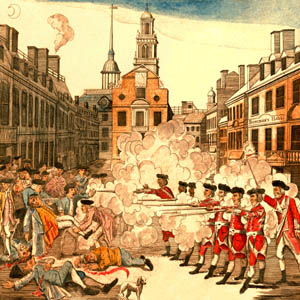
Boston Massacre by Sidney L. Smith, 1908.
1770 – On March 5, after several weeks of tensions, five innocent Bostonians were killed in what would become known as “The Boston Massacre.”
1773 – The Tea Act was officially passed on May 10. On December 16, American colonists, frustrated and angry at Britain for imposing “taxation without representation,” dumped 342 chests of tea imported by the British East India Company into the harbor. The event was the first major defiance against British rule over the colonists.
1774 – The British Parliament passed the Coercive Acts (also known as The Intolerable Acts) in retaliation for “the destruction of the tea.” These acts closed Boston Harbor, placed the Massachusetts Government under British control, moved trials to Britain if they felt a fair trial was impossible, and allowed troops to be housed in unoccupied buildings.
1775 – On April 18, Paul Revere, William Dawes, Samuel Prescott, and scores of other riders were sent through the countryside warning of the British Regulars’ advancement to Lexington and Concord to destroy a cache of weapons. Hundreds of British Regulars arrived to find 77 colonial militiamen gathered on Lexington Green the next day. Fighting officially began, igniting the American Revolution.
1775 – On June 17, the British and the Colonists suffered great losses at the Battle of Bunker Hill.
1776 – On March 17, the 11-month Siege of Boston ended as the British evacuated the city.
1776 – On July 2, the Second Continental Congress voted to approve a resolution of independence from Great Britain. Two days later, on July 4, the Declaration of Independence was officially adopted.
1780 – John Adams was the principal author of the Massachusetts State Constitution, the first constitution in the nation.
1795 – Charles Bulfinch spearheaded the development of Beacon Hill and designed Boston’s new State House adjacent to Boston Common.
1822 – Boston was incorporated as a city.
1848 – The Boston Public Library becomes the world’s first publicly supported free municipal library.
1876 – Alexander Graham Bell demonstrated the first telephone.
1897 – The Boston subway opened as North America’s first underground metro system.
1897 – Racers participate in the first Boston Marathon, the world’s oldest annual marathon.
1917 – John F. Kennedy, who would be elected president in 1960, was born in Brookline’s Boston neighborhood.
1955 – Civil rights leader Martin Luther King Jr. earned his theology doctorate from Boston University.
2013 – The Boston Marathon is marred by bombings that kill three people and injure 264.
©Kathy Alexander/Legends of America, updated April 2024.
Also See:
Heroes and Patriots of America
Sources:
Boston Tea Party Ship
Bureau of Global Public Affairs
National Park Service
Wikipedia

